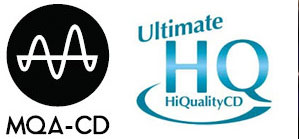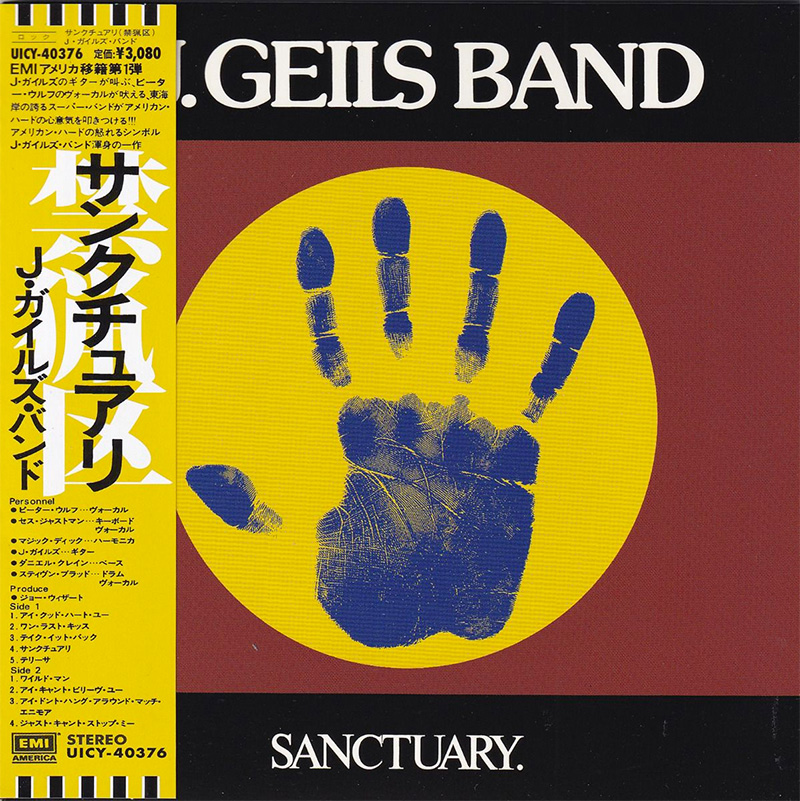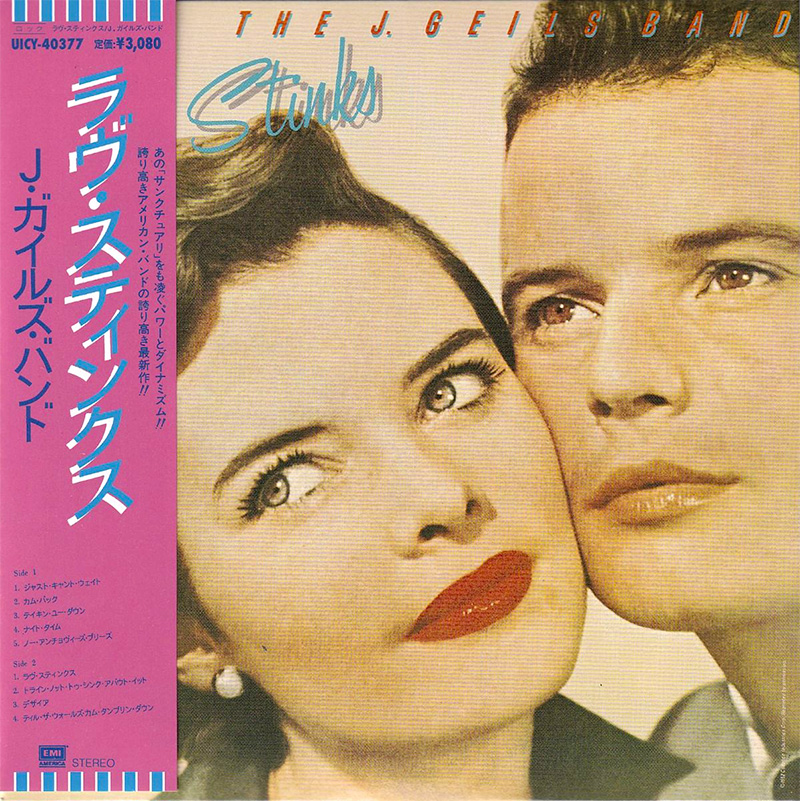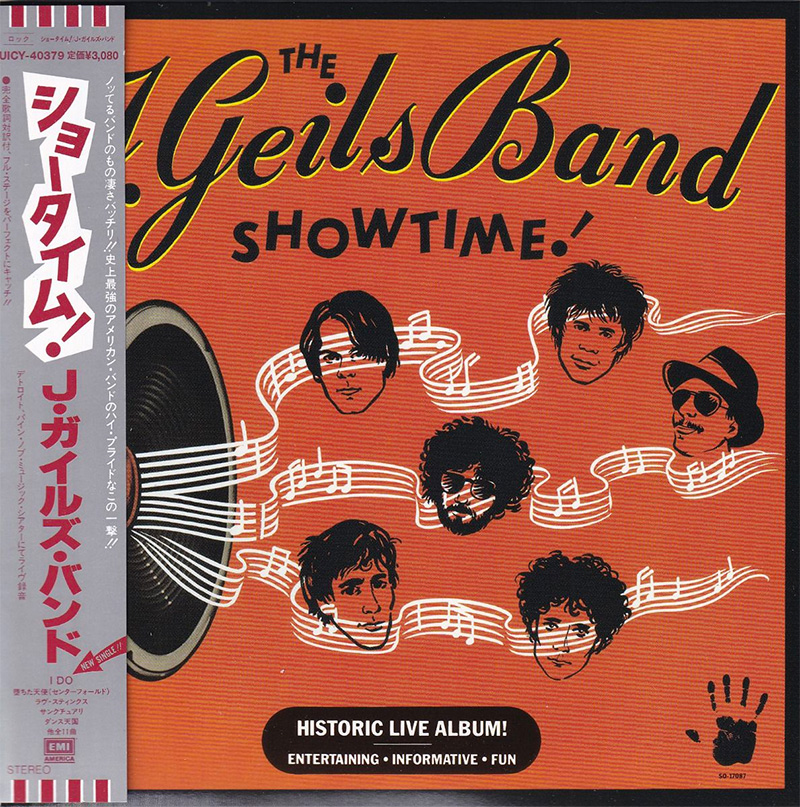Logowanie
Mikołaj - ten to ma gest!
Elton John, The Mamas & The Papas, Cat Stevens, Rod Stewart, Bobbie Gentry, Stevie Wonder, Engelbert Humperdinck
Memory Lane
Edycja Numerowana - 1000 egzemplarzy w skali światowej
RACHMANINOV, Eiji Oue, Minnesota Orchestra
Symphonic Dances / Vocalise
Best Recordings of 2001!!! NAJCZĘŚCIEJ KUPOWANA PŁYTA Z RR!
Karnawał czas zacząć!
Music of Love - Hi-Fi Latin Rhythms
Samba : Music of Celebration
AUDIOPHILE 24BIT RECORDING AND MASTERING
CHOPIN, LISZT, DEBUSSY, DVORAK, Gerhard Oppitz
Dances romantiques - A fantastic Notturno
Wzorcowa jakość audiofilska z Clearaudio
Winylowy niezbędnik
ClearAudio
Double Matrix Professional - Sonic
najbardziej inteligentna i skuteczna pralka do płyt winylowych wszelkiego typu - całkowicie automatyczna
The J. Geils Band
Sanctuary
UHQCD - dotknij Oryginału - MQA (Master Quality Authenticated)
After the release of 1977's Monkey Island, the J. Geils Band severed ties with Atlantic and signed a fresh deal with EMI Records. The band's tenure with Atlantic only yielded a few successes, and on paper, teaming up with producer Joe Wissert, the man responsible for many of Earth, Wind & Fire's and Boz Scaggs' biggest hits, seemed like an odd choice. However, Sanctuary was a rebirth of sorts for the sextet: Wissert crystallized the band's attack, working off their leaner songwriting and simplifying their arrangements. Keeping their boogie-woogie bar band attack intact, Peter Wolf and Seth Justman delivered first-rate material, including the down and dirty opener "I Could Hurt You," the sublime title track and the lovely "One Last Kiss," which cracked the Top 40 in early 1978. The Stevie Wonder-ish "Take It Back," also a mild hit, predicted the commercial direction the band took on Freeze Frame three years later. The beautiful "Teresa," a heartbreaking ballad executed with help of a simple vocal/piano arrangement courtesy of the Wolf/Justman team, and "Wild Man,," which sounds like a leftover from the Atlantic years, are also highlights. Sanctuary's final song, the rollicking, Magic Dick-driven "Just Can't Stop Me," encapsulates everything magical (pun intended) and soulful about this band. With its effortless playing and a breakdown that'll have you on the edge of your seat, it served as the band's call into battle for the Freeze Frame tour. The Razor & Tie reissue features covers of "I Do" and "Land of a Thousand Dances" from the band's live record Showtime, recorded at the height of their Freeze Frame period. "Land of a Thousand Dances" in particular reminds you just how incredible these guys were live.
 UHQCD oznacza Ultimate High Quality Compact Disc. Najnowszy (lipiec 2018) materiał chroniący warstwę nośną płyt kompaktowych, opracowany przez specjalistów z Japonii i Hong Kongu. Na krążki tych płyt nanoszona jest cienka warstwa z monomerów oraz wypełniacza. Warstwa ta nie stanowi bariery dla światła lasera. Promień lasera jakby nie dostrzega owej warstwy ‘fotopolimeru’, a więc nie ulega rozproszeniu, załamaniu, odbiciu. Promień sięga po czysty sygnał i w takiej, nieskazitelnej postaci wraca z nim do źródła. Zdaniem specjalistów – to najwierniejszy z dotychczasowych sposobów na przeniesienie analogowych walorów taśmy matki na płytę CD.
Dziś.
Płyty UHQCD są dodatkowo kodowane jako MQA (Master Quality Authenticated). Wystarczy wyprowadzić sygnał cyfrowy z cyfrowego wyjścia odtwarzacza CD lub wcześniej zgranego strumienia danych z serwera muzycznego i podać go do odpowiedniego konwertera MQA DA by wygenerować z danych umieszczonych na tej CD 24-bitowy sygnał z częstotliwością próbkowania do 352 kHz.
Do wyprodukowania limitowanej serii płyt UHQCD wykorzystano dane DSD z jednowarstwowych płyt SACD (One Layer), wydanych przez Universal Japan w poprzednich latach. Wydania te stanowią szczytowe osiągnięcie fonograficzne ostatnich lat. Niestety, dostępne wyłącznie dla posiadaczy odtwarzaczy SACD. Płyty UHQCD są idealnym rozwiązaniem dla melomanów, którzy nie mają playerów SACD, a chcieliby delektować się jakością legendarnych już japońskich SACD One Layer.
Płyty UHQCD - w naszej ofercie
UHQCD oznacza Ultimate High Quality Compact Disc. Najnowszy (lipiec 2018) materiał chroniący warstwę nośną płyt kompaktowych, opracowany przez specjalistów z Japonii i Hong Kongu. Na krążki tych płyt nanoszona jest cienka warstwa z monomerów oraz wypełniacza. Warstwa ta nie stanowi bariery dla światła lasera. Promień lasera jakby nie dostrzega owej warstwy ‘fotopolimeru’, a więc nie ulega rozproszeniu, załamaniu, odbiciu. Promień sięga po czysty sygnał i w takiej, nieskazitelnej postaci wraca z nim do źródła. Zdaniem specjalistów – to najwierniejszy z dotychczasowych sposobów na przeniesienie analogowych walorów taśmy matki na płytę CD.
Dziś.
Płyty UHQCD są dodatkowo kodowane jako MQA (Master Quality Authenticated). Wystarczy wyprowadzić sygnał cyfrowy z cyfrowego wyjścia odtwarzacza CD lub wcześniej zgranego strumienia danych z serwera muzycznego i podać go do odpowiedniego konwertera MQA DA by wygenerować z danych umieszczonych na tej CD 24-bitowy sygnał z częstotliwością próbkowania do 352 kHz.
Do wyprodukowania limitowanej serii płyt UHQCD wykorzystano dane DSD z jednowarstwowych płyt SACD (One Layer), wydanych przez Universal Japan w poprzednich latach. Wydania te stanowią szczytowe osiągnięcie fonograficzne ostatnich lat. Niestety, dostępne wyłącznie dla posiadaczy odtwarzaczy SACD. Płyty UHQCD są idealnym rozwiązaniem dla melomanów, którzy nie mają playerów SACD, a chcieliby delektować się jakością legendarnych już japońskich SACD One Layer.
Płyty UHQCD - w naszej ofercie































